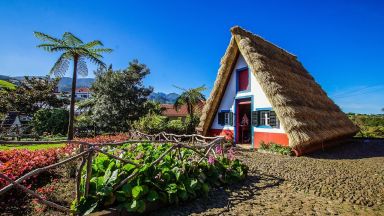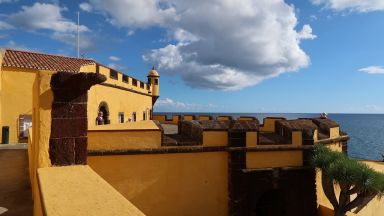Pinhão (Alijó): The Complete Guide

Pinhão is a small town located in the heart of the Douro Valley wine region of Portugal. It is situated on the banks of the Douro River, surrounded by rolling hills covered in vineyards. The town is often considered to be one of the most picturesque in the region, with its traditional whitewashed houses and red-roofed buildings.
Pinhão is known as a hub for wine tourism in the Douro Valley, with many visitors coming to sample the region’s famous port and table wines. The town is home to a number of wine estates and cellars, where visitors can take guided tours and tastings, and learn about the winemaking process.
One of the main attractions of Pinhão is the historic railway station, which is adorned with traditional blue and white azulejo tiles depicting scenes from the region’s history and culture. The station is also the departure point for a scenic train journey along the Douro River, offering stunning views of the vineyards and terraced hillsides.
In addition to wine-related activities, Pinhão offers a range of outdoor pursuits such as hiking, cycling and kayaking, as well as opportunities to sample the region’s traditional cuisine, which includes dishes such as cozido, a hearty stew of meat and vegetables, and bacalhau, a salted cod dish.
Overall, Pinhão is a charming and picturesque town, offering visitors a taste of the Douro Valley’s rich culture, history and natural beauty, as well as its famous wines.
Visiting Pinhão (Alijó) for the first time and wondering what are the top places to see in the city? In this complete guide, I share the best things to do in Pinhão (Alijó) on the first visit. Top help you plan your trip, I have also included an interactive map and practical tips for visiting!
This website uses affiliate links which earn a small commission at no additional cost to you.


